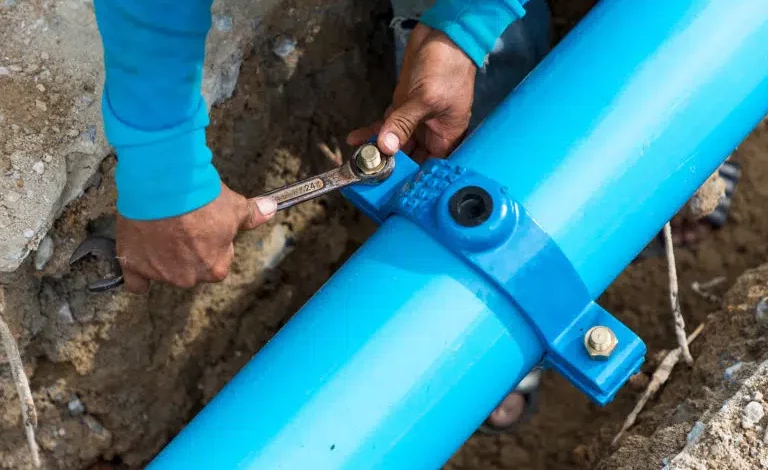Types of Drain Repair Methods



In Australia, almost 46% of water damage issues result from blocked or burst pipes. A considerable number of these cases occur in the inner west. In such cases, pipe relining in Inner West is the only viable solution to prevent further water damage.
In fact, newer repair techniques are also showing up with a rise in the number of them. The five most popular drainpipe repair methods are listed below.
-
Pipe relining
The key distinction between regular pipe restoration and pipe relining is that all work is performed above ground. This implies that almost no digging is necessary, and hence no damage is caused to the property. Furthermore, the new pipe formed within the host pipe is much more robust and prevents future pipeline issues such as:
- Root intrusion
- Cracking
- Pipe separation
- Misaligned joints
Home and business owners can be assured that their drains will not malfunction soon.
-
Cured-in-place lining (CIPP lining)
Cured-in-place pipe lining (CIPP lining) is a trenchless pipe restoration process used in repairing existing pipe systems. This procedure is carried out to protect existing pipelines compromised by leaks, fractures, intruding roots, and corrosion.
CIPP linings can extend the life of a pipe system by as much as 100 years while potentially saving building structures and inflicting little to no property damage.
-
Pipe bursting
Pipe bursting is used on heavily damaged pipelines. They are used to repair more significant portions of sewage pipes or completely rebuild the system.
To begin the repair, the installers require physical access to the pipe, which involves two four-foot square access pits at one end of the pipeline. The installers use hydraulic power to drag a “bursting head” through the pipe after positioning it at the access site on one end of the pipe.
As the head goes through the system, it destroys the old pipe while drawing a new seamless pipe behind it.
-
Pull-in-place lining
The pull-in-place lining is ideal for pipelines with significant gaps and fractures. Heat is used to attach the material to the pipe. The epoxy-saturated liner is then placed into the damaged region. Two access points are required to draw the liner through. Air is delivered into the internal pipe coating to open up the sleeve and keep it against the pipe’s inner walls.
-
Internal pipe coating
Internal pipe coating is used to fix an existing drain pipe that has begun to leak into the surrounding soil. To prepare the region for treatment, the pipes are drained of water. The inside of the pipes is then coated with a thick epoxy coating to seal the cracks and leaks throughout the pipeline.
Wrapping it up
Pipe repairs provide complete safety in any residential and commercial space. Therefore, the first step is to ensure that one does appropriate research and chooses the correct form of lining for the drainpipe in question.
The five newest forms of pipe repair, namely, CIPP, pipe bursting, pull in place, internal pipe coating, and pipe relining in Inner West, are some of the most popular and foolproof options that anyone can opt for. Nevertheless, a professional can always help pick the best method for the concerned repair.


